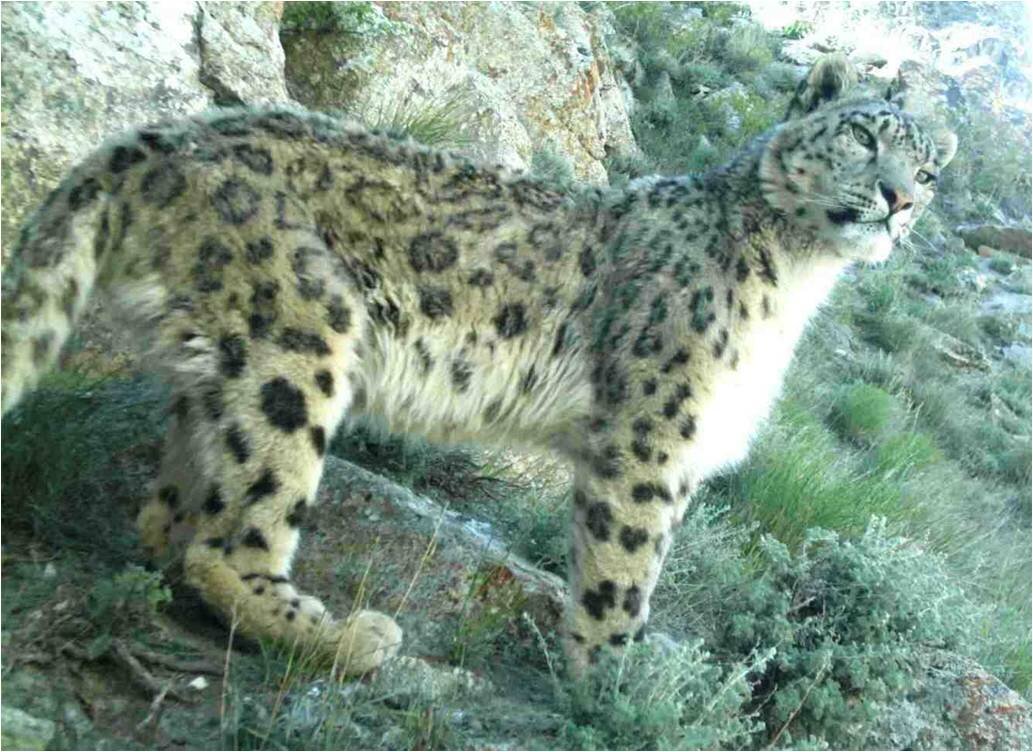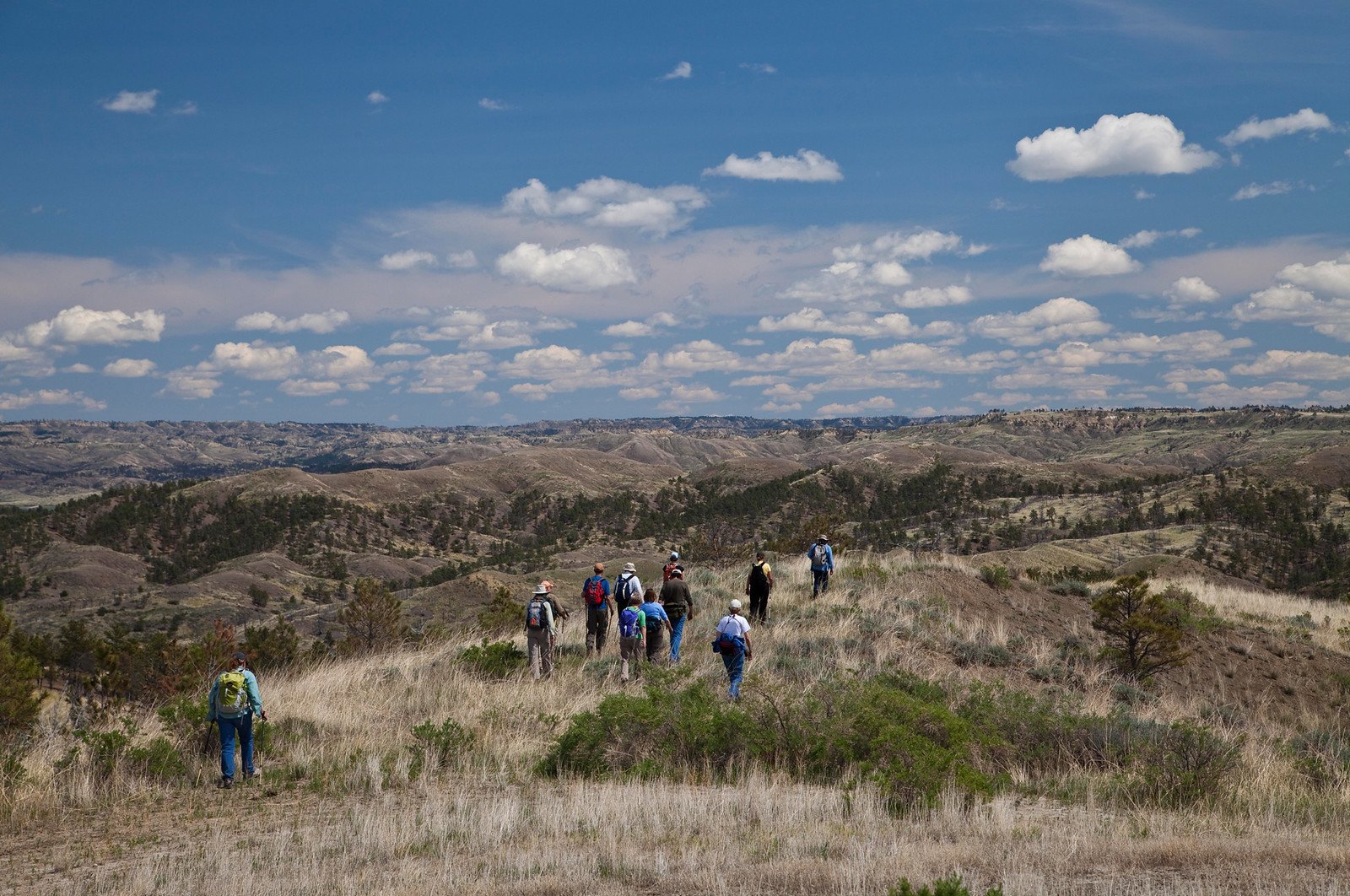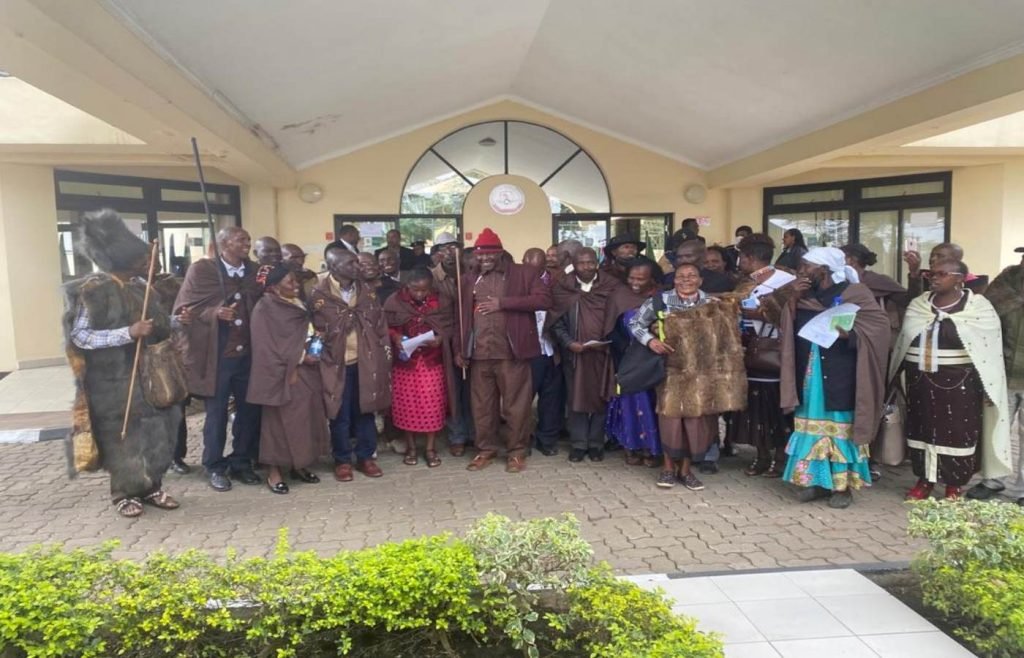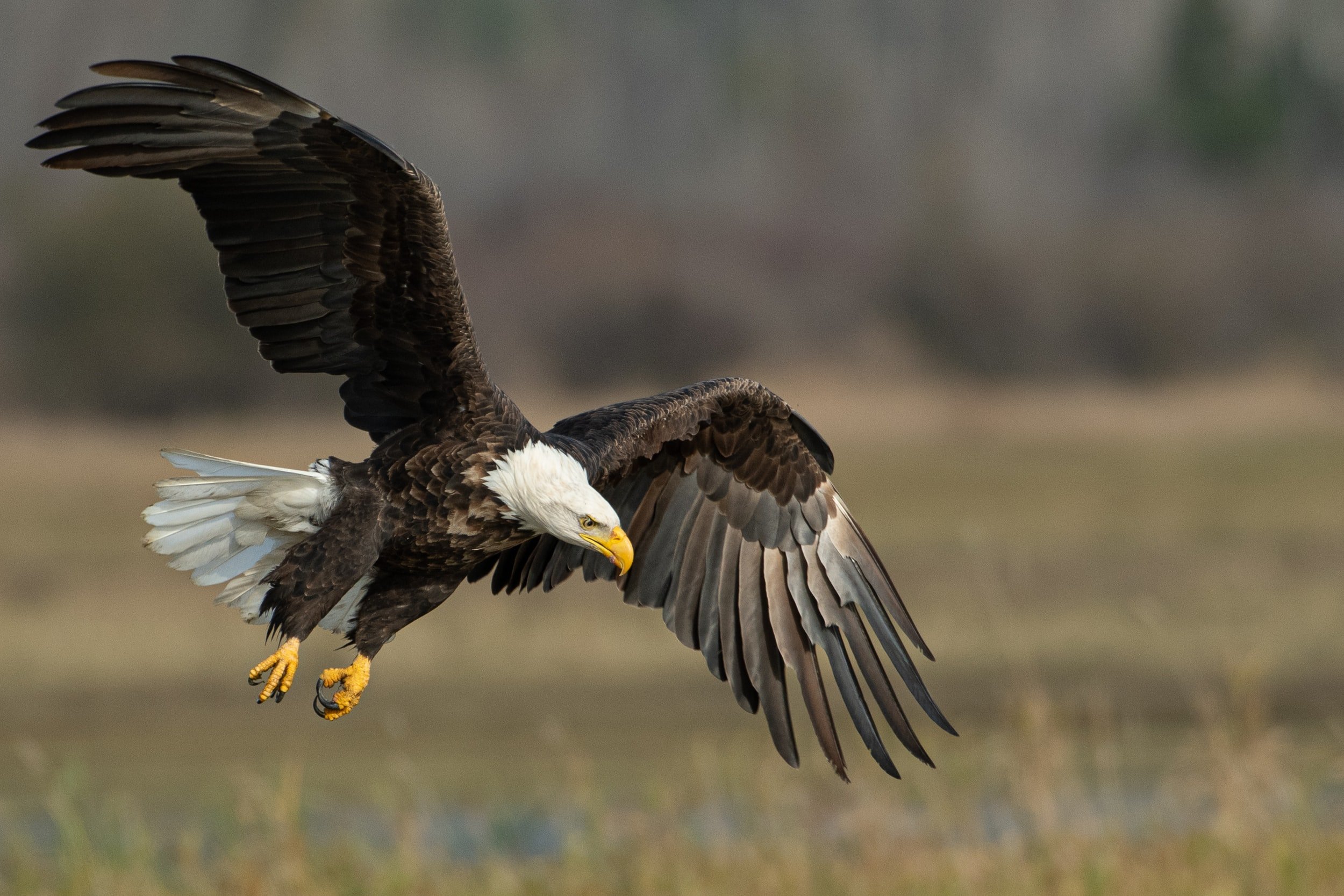The Government of Uzbekistan has committed to increase the total protected-areas coverage to 17% of its territory by 2025, even after implementing increases in coverage of 36% over the previous 23 years.
The recent July release of the updates to the World Database of Protected Areas, the most comprehensive ledger of marine and terrestrial protected areas and a joint project between UN Environment and the International Union for Conservation of Nature (IUCN) that is updated monthly, revealed that 21 new federally-protected areas had been designated in Uzbekistan over the last 23 years, including one about the size of Yellowstone, established to protect biodiversity on the Eurasian Steppe.
“We have made significant improvements of the national protected areas system achieving several milestones, such as the establishment of the first State Lower Amudarya Biosphere Reserve in 2011 or the designation of Ugam-Chatkal State Biosphere Reserve in 2018,” noted Khalilulla Sherimbetov, Head of the Protected Areas department at the State Committee for Ecology and Environment Protection of Uzbekistan.
Ugam-Chatkal is around 2,200 square miles on the western slopes of the Tien Shan, or Heavenly Mountains, while Amudarya supports a breading reserve for the endangered Bukhara, or Bactrian deer which has been brought back from the brink of extinction in several Central Asian states.
“Finally, newly created Saigachi Protected Area that covers [2,400 square miles] supports migratory routes of the endangered Saiga Antelope in the Ustyurt Plateau,” added Sherimbetov.
PICTURED: A snow leopard in the wilds of Afghanistan. Photo credit: USAID Afghanistan. CC 2.0.
Wide ranging
The stability of wide tracks of the Eurasian Steppe ecosystem is paramount to the long-term flourishing of biodiversity in Central Asia.
A relatively-barren environment compared to the open plains of Africa, the animals that live on the Eurasian Steppe evolved over millions of years to travel hundreds of miles in search of food. There is no better example of this than the crown jewel of biodiversity in Central Asia – the snow leopard – a solitary hunter with massive territorial ranges of up to 200 kilometers.
The also-charismatic Saiga antelope, the purpose for the Saigachi Protected Area’s creation, is a well-known nomad that can range hundreds of miles for food and breeding purposes. Saigachi sits on an important Saiga transboundary migration corridor on the southern border with Kazakhstan, a country which Saiga have been known to cross entirely to stay upon the greenest pastures.
Agriculture and pastoral land-use practices, along with the development of roads, mines, and other infrastructure projects needed in a developing nation, fragment these ranges, making it difficult for animals to continue along their ancestral routes.
The cooperative work of the Global Snow Leopard Forum’s 12 countries have led to the majestic hunter recovering so much that it’s no longer listed under the IUCN as an endangered species, proving that it’s possible for civilization and wilderness to coexist, and as important Central Asian range countries like Uzbekistan increase the amount of protected areas within their borders, it secures a future for animals like the leopard and Saiga antelope in the process.




